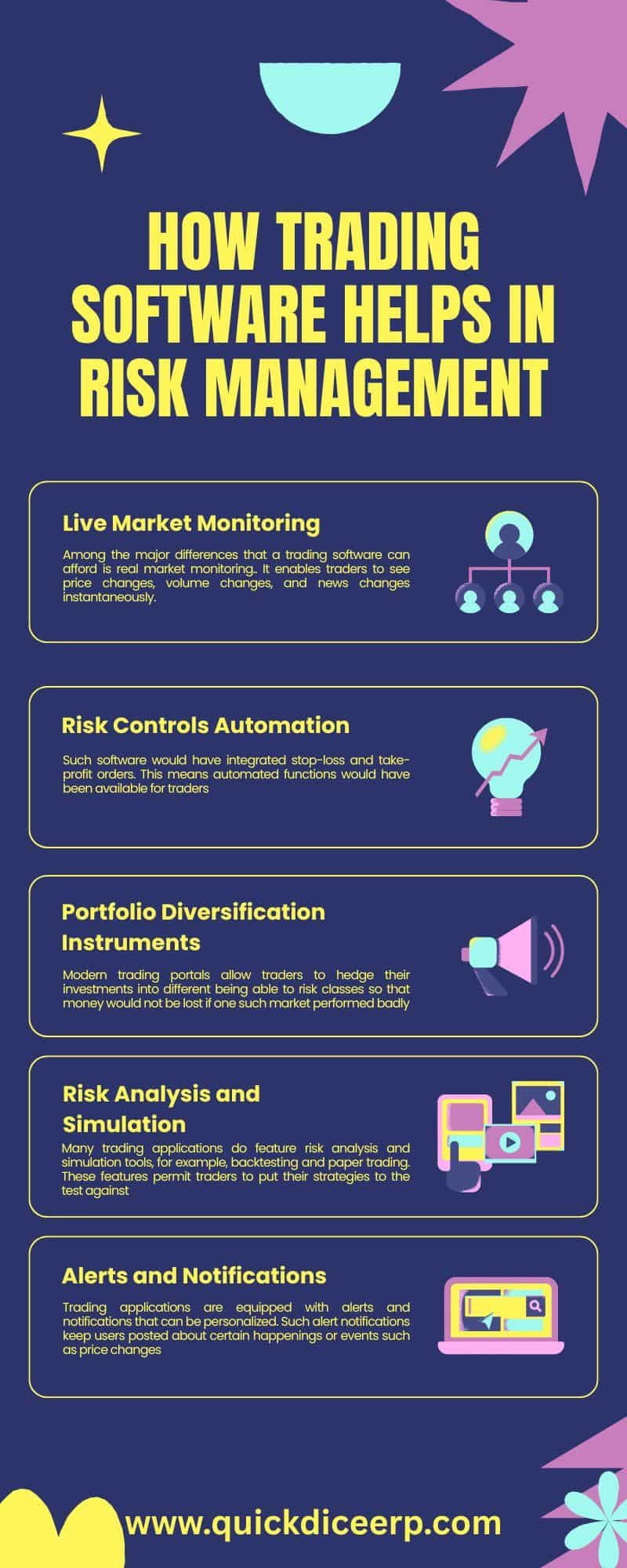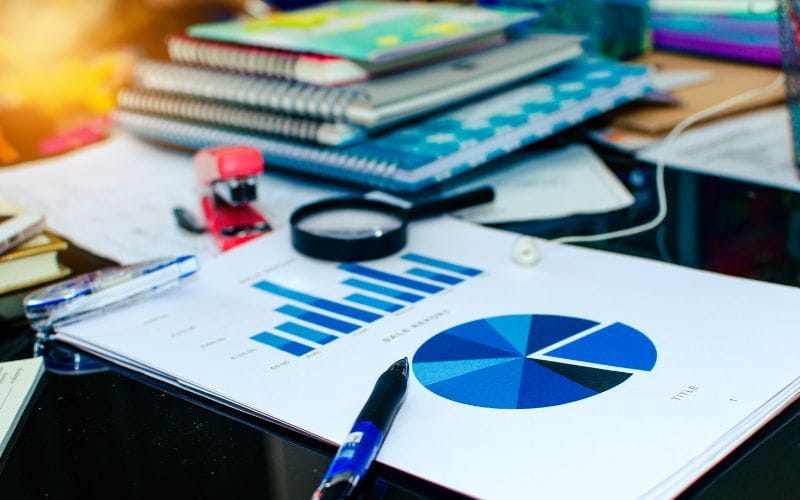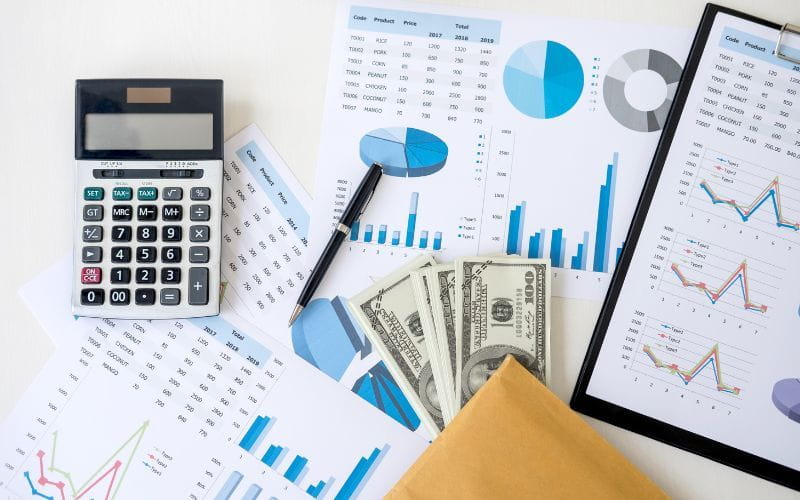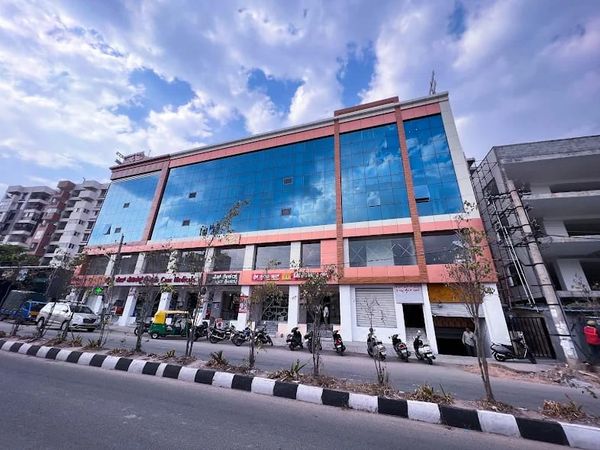How Trading Software Helps in Risk Management
 Aya Basha
25 Apr, 2025
10 mins read
11
Aya Basha
25 Apr, 2025
10 mins read
11

With the fast presentation of trading instruments in today’s financial market, risk management, therefore, remains closely tied to trading success. For a novice or an experienced investor, somehow protecting trades against sudden losses or sudden changes in the market conditions is most important. The trading software achieves that end. With good analytical tools, live data, and automation features, modern trading platforms enable traders to sustain greater control over their financial activities. Such programs are designed not only to execute trades; they also intelligently and efficiently help manage risks.
Some of this trading software also equip traders with the features of real-time market analysis, stop-loss settings, and customizable alerts for fast and smart decision-making. In traditional manual trading, emotions and delays caused several problems. But software-based trading, on the contrary, eliminates these risks by providing accurate information through automation. This empowers the traders in their decision-making based on logic instead of fear or excitement. Therefore, trading software serves a very active function from market trend observation to placing protective orders aimed at ensuring a safe environment for trading in individual and institutional spaces.

Here are some ways trading Software Helps in Risk Management
1. Live Market Monitoring

Among the major differences that a trading software can afford is real market monitoring. It enables traders to see price changes, volume changes, and news changes instantaneously. Since the markets can turn in a matter of seconds, this instant data gives users an opportunity to make very fast decisions. The faster the information, the less risk is involved in making a decision based on old information; this greatly improves the risk management process.
2. Risk Controls Automation

Such software would have integrated stop-loss and take-profit orders. This means automated functions would have been available for traders to choose the price level at which they want trades to close automatically. For example, a stop-loss vice prevents more loss should the stock price fall beyond a given level, and a take-profit would kick in as soon as profits reach the target-level after this. Such technological advancement is good in that it factors emotion out of the trading process and limits unforeseen losses.
3. Portfolio Diversification Instruments

Modern trading portals allow traders to hedge their investments into different being able to risk classes so that money would not be lost if one such market performed badly. Using the portfolio management functions from trading software will allow users to see their asset allocation and make real-time adjustments to bring the portfolio back to balance and thus mitigate overall exposure.
4. Risk Analysis and Simulation
Many trading applications do feature risk analysis and simulation tools, for example, backtesting and paper trading. These features permit traders to put their strategies to the test against historical data and set aside virtual funds before they take in risking real money. Simulating trades enables traders to see how their strategies would fare in different market conditions which enhances their risk management when live trading.
5. Alerts and Notifications
Trading applications are equipped with alerts and notifications that can be personalized. Such alert notifications keep users posted about certain happenings or events such as price changes, technical indicators, or updates regarding their investments. Traders who receive these alerts will instantly act on events that could favorably or adversely affect their positions. Thus, traders reduce the risk of major losses while maintaining control over their accounts.
6. Data Analytics and Reports
Advanced trading applications provide powerful data analytics and reporting. Traders can monitor performance metrics like return on investment, drawdowns, win/loss ratio, and other such information. These analyses allow the users to identify weak points in their strategy and improve on it. Explicitly detailed reports will also help traders assess their risk exposure and take steps to mitigate it.
7. Emotional Discipline and Reduced Human Error
Manual trading is often dictated by fear and greed, leading to poor decision-making. In removing emotional distortions, trading software - particularly algorithmic and automated software - executes trades strictly based upon pre-determined rules. This enhances consistency and reduces the possibility for errors caused by impetuous decisions and miscalculations, thus reinforcing the risk management process.
8. Customizable Risk Management Settings
Good trading platforms allow users to set rules based on their risk tolerances. For example, a user could set a certain percentage of their capital to risk per trade or limit the number of trades to a certain number per day. These personalized settings help create a safe trading environment, keeping risk within acceptable limits.
9. Secured Elements and Data Security
Risk management does not only involve market exposure. The trading software provides safety features such as two-factor authentication, encryption, and secure storage of information that keeps personal details, trading information, and funds away from unauthorized access and cyber threats.
10. Consistent Learning and Updates
All the latest features in these trading platforms are regularly updated to meet the latest market tools and compliance standards. Another essential part of the trading platform is to have educational articles, tutorials, webinars, as well as strategy guides. These allow users to be up to date and aware of the changes occurring in the market, which is important for our long-term risk management.
Conclusion
In conclusion, trading software plays a great deal in the trading world, improving risk management in terms of how traders implement it. It helps in reducing uncertainties, letting one think logically through decisions, and securing their interests. Tools or features like stop-loss limits, price alerts, and automated strategies allow traders to lessen their losses and sometimes even avoid emotional errors in decision-making. More control over moneymaking activities might count much under rapidly changing market conditions, where even seconds make a big difference.
In the course of change in financial markets, it is no longer an option to manage risk using reliable trading software; it is an outright necessity. The advanced features and high-end design flair of trading platforms have made risk management simpler and more accurate. A trader's edge in stocks, forex, or crypto is held by the right software at hand. It enables traders to take their chances confidently against market risks and set fundamentally better targets, all this knowing they have some peace of mind.
Written By:
Aya Basha



Hotels at your convenience
Now choose your stay according to your preference. From finding a place for your dream destination or a mere weekend getaway to business accommodations or brief stay, we have got you covered. Explore hotels as per your mood.


